Today's Cadiz is one of the oldest cities in Western Europe that has been continuously inhabited. The city is located on a peninsula off the south coast of Spain, south of the mouth of the Guadalquivir.
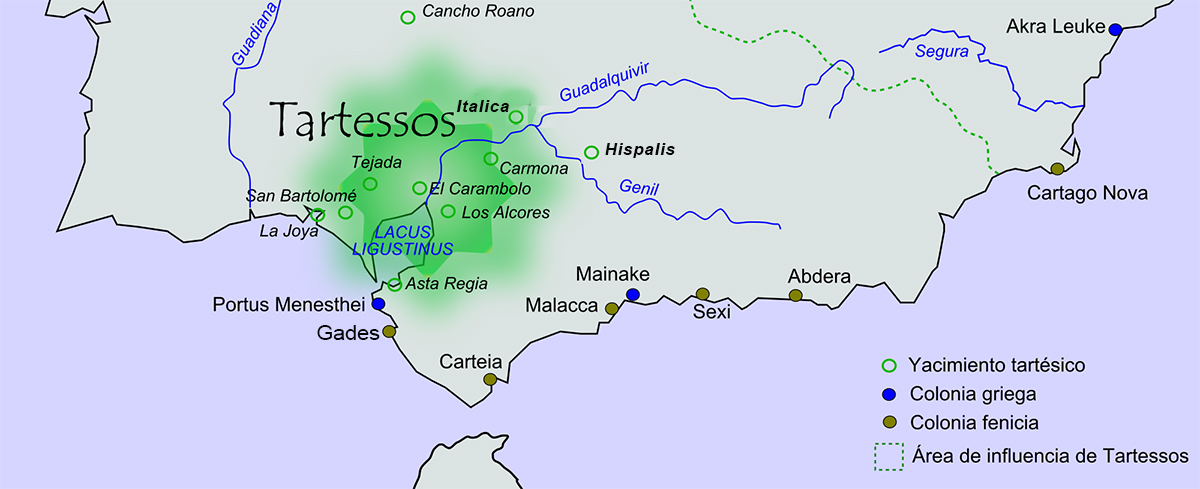
Gades1, as the Romans called the city, was said to be founded2 around 1100 BC. by Phoenicians from Tyre3 as home port for ships departing for England looking for tin and amber.
However, archaeological research around the city has so far yielded nothing older than the 8th century BC.
The great rival of Gades was the kingdom of Tartessus (see photo 1), which was often exchanged with Gades by classical writers.
About the year 500 BC. Gades is occupied by the Carthagen. These dragged the city into what would be called: the Punic Wars, against Rome led by the Carthaginian family Barcas (see article "Tarragona"). During the second Punic War, Gades submitted to Rome in time and after 206 BC. became a so-called civitas foederata4. The Latin name for the city thus was changed into Gades and the name of the colony became Augusta Urbs Iulia Gaditana (The Augustian City of Julia of Gádès).
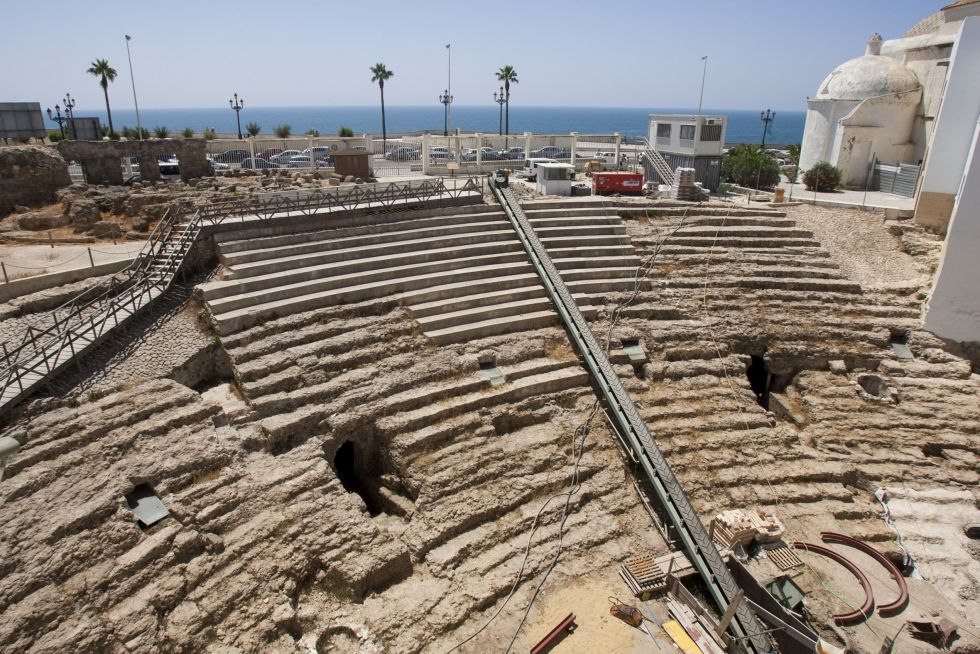
Lucius Cornelius Balbus minor, born in Gades as the son of a wealthy family and friends with both Julius Caesar and Agustus, was appointed consul by the latter. He built Gades nova, culminating in a new port district. Gades nova flourished especially during the imperial period through the trade in tin and other minerals, dried fish, fish sauce, the best wine from Spain and wool.
At the time of August, the city had 500 equites (Roman status of nobles) out of a total population of 60,000. The city had several important temples.
The only building from the time of Lucius Cornelius Balbus that still can be seen in Gadiz today is the Roman theatre. The second largest in the Roman Empire. This theatre was found by accident in 1980 after a warehouse fire. The building was originally still partly hidden under the existing buildings, but has been excavated in recent years.
Two Islands
At the time of the Romans, Gades consisted of two islands separated by the Bahía-Caleta channel (photo 3). The northern island was called Eritheia. The southern island, Kothinusa Island, was divided in two by a narrow side branch of the channel.
Before the first century AD Eritheia had, according to various archaeological finds, a large fishing industry with various salting factories along the banks of the channel. Large quantities of amphorae for storage have also been found in this part of the city. Since there is no trace of production for the amphorae and furnaces, we must assume that these were brought in from other places.
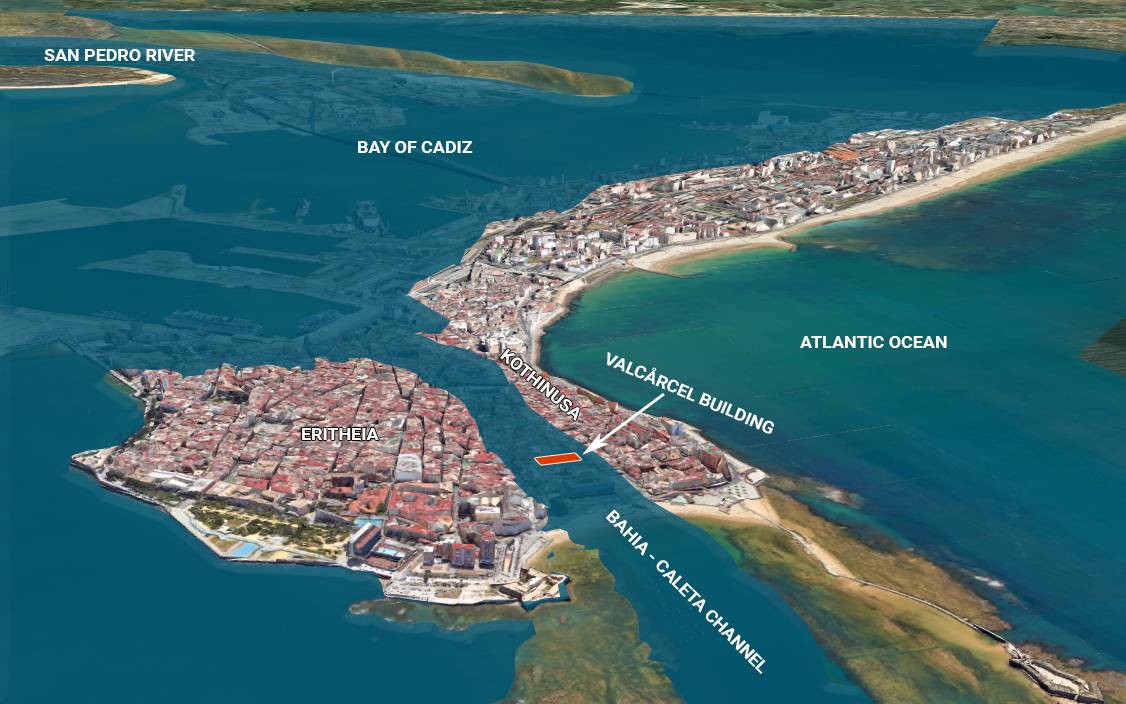
The main buildings were on the island of Kothinusa. The 17th century chronicler Suárez de Salazar placed here the water depots of the aqueduct as well as the amphitheatre of Gades. The same goes for the complex of the salt mills that have been in use since ancient times. With the exception of the theatre, not much has been found of the Phoenician, Punic or Roman city.
The harbour(s) of Gades
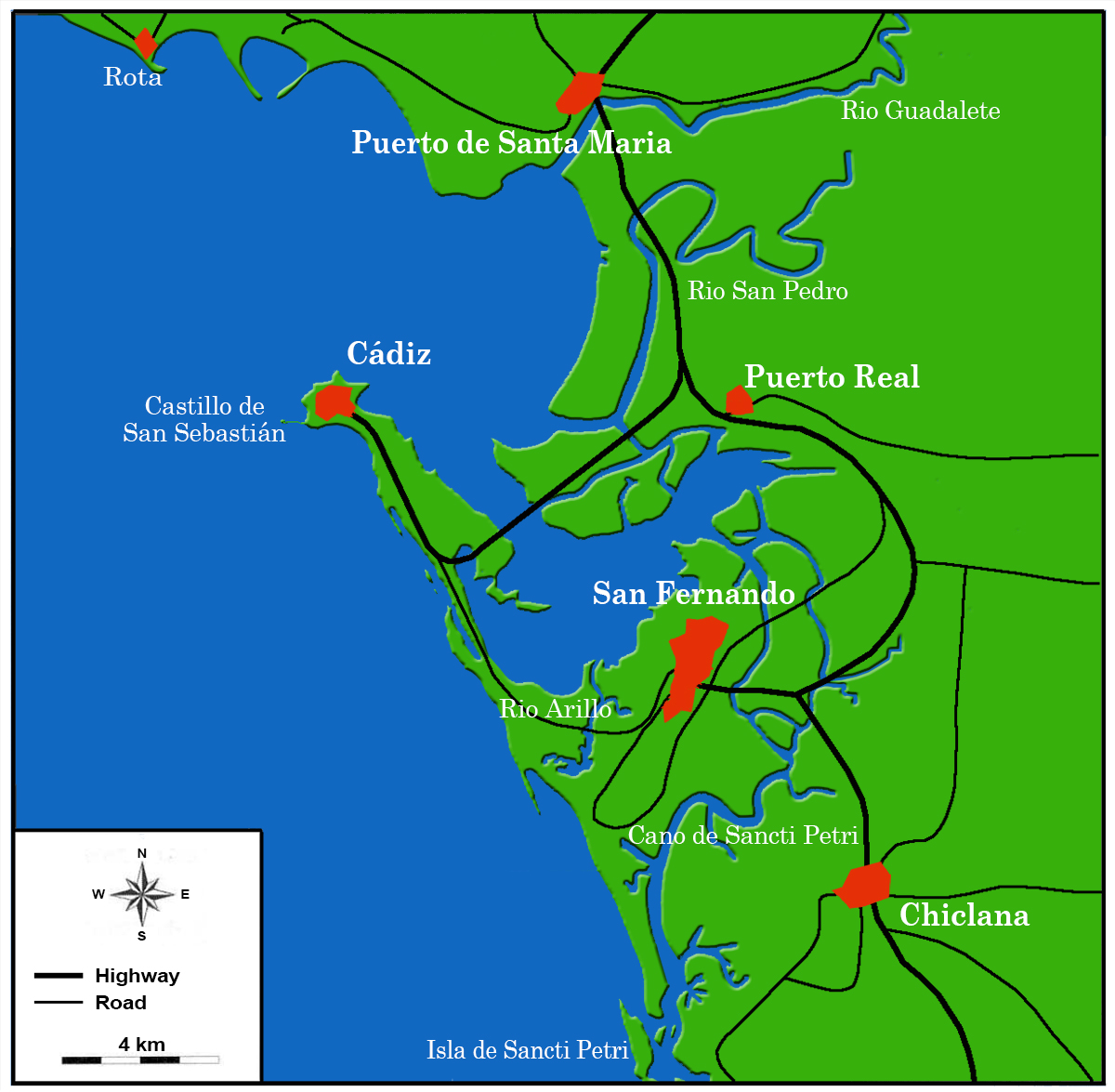
The role of the port of Gades and especially that in trade with Italy and the Mediterranean is emphasized mainly by literary sources and by the fact that amphorae from Gades can be found almost throughout the Roman Empire. If we want to know the exact locating of the harbour (or the harbour system), we first need to know a little more about the coastline of the archipelago. Over the centuries, this has changed greatly due to weather, wind and waves, but also due to tsunamis and climate change.
Recently (in 2000) an extensive research has been done through placing a large number of ground bores5. The entire Bight of Cadiz as well as San Fernando was examined. This study mainly looked at the coastlines from about 4000 BC. up to the current situation. Sedimentation during this period as well as sea level played a crucial role in this.
For those interested in the full report of the study, please refer to the German pdf from 2004.
The final result of the study for 4 relevant eras are presented below:
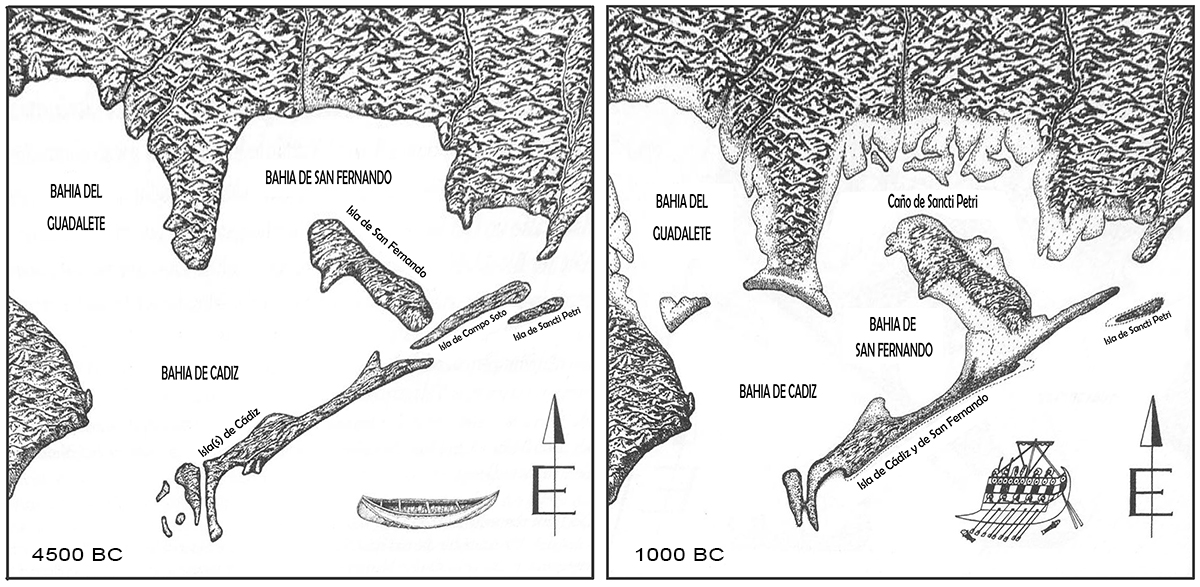 Photo 5: The coast and islands 5,500 years ago Photo 6: The coast and islands 3,000 years ago
Photo 5: The coast and islands 5,500 years ago Photo 6: The coast and islands 3,000 years ago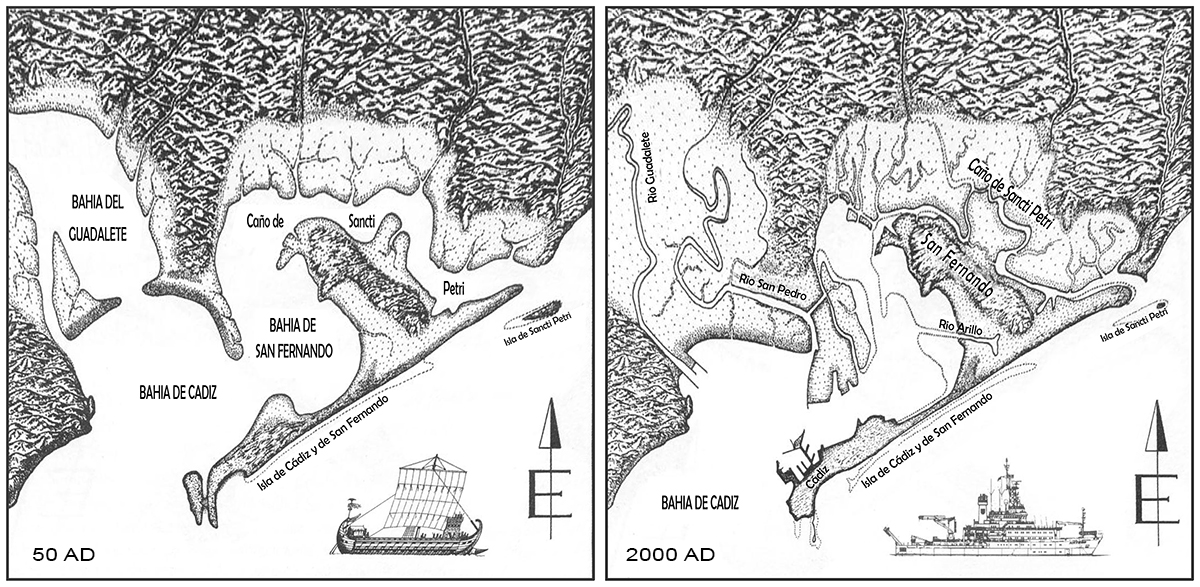
Gades comes back to life
On June 24, 2020, Guillermo Cas de los Cobos wrote in his blog in the Terrae Antiqvae7: "Remains of the Phoenician port city of Cádiz come to light under a historic flamenco bar".

In the 1960s and 70s, next to the cathedral, Cadiz had an underground tavern where fans of flamenco music could indulge: the Cueva del Pájaro Azul (the blue bird cave). The tavern, where all the great flamenco singers had performed, was fallen somewhat into disrepair and therefore the municipality decided in 2017 to rehabilitate the space and reopen it as a hotel and a cultural entertainment center . When the work started they soon came across a quay wall and a number of harbour structures on the side of the island of Kothinusa. The harbour structure is 1 meter 80 high and 5.60 meters long, composed of four rows of ashlar. She is located 5 meters underground and has been laboriously uncovered by the explorers.
According to the Spanish archaeologists Juan Miguel Pajuelo and Francisco Javier Ramírez, who have examined the walls, we have probably to do with one of the quays of the Phoenician harbour from the 4th and 3rd centuries BC.
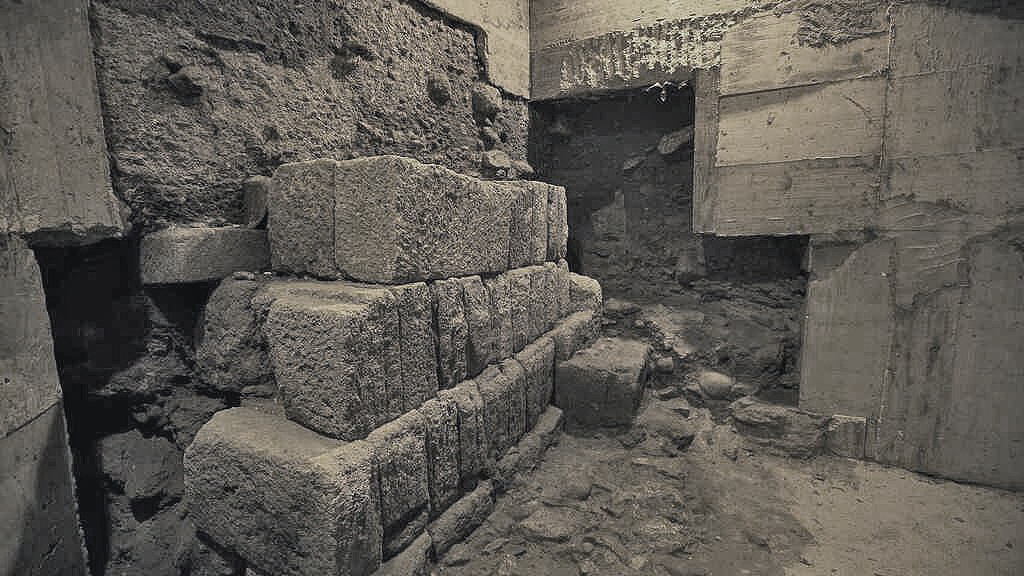
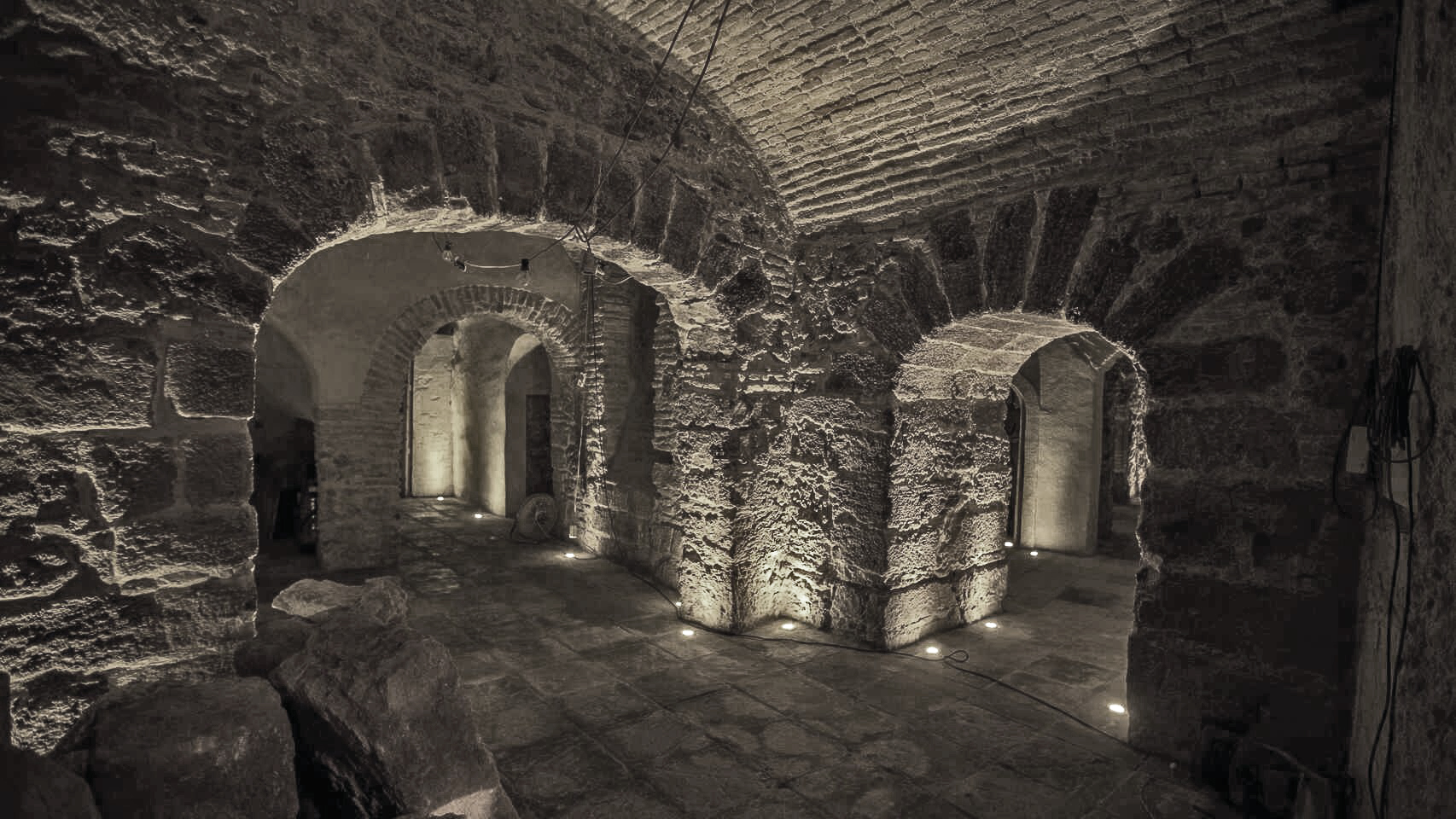
The original arches from the 16th to the 18th century have been rediscovered in the rooms used by the tavern. These spaces were built as storage rooms on top of the harbour structures that were partly built into the underlying rocks.
In addition to the harbour structures, a tidal spring with fresh water has also been found, numerous ceramic remains from various episodes, coins from the time of the 2nd Punic War and the foundation of a large building from the time of the Roman Empire. Given the use of Egyptian blue stucco and vegetable decorations, this must have been a monumental building. In addition, later sediment layers from the 3rd and 2nd century BC, i.e. from the time of the end of the 2nd Punic War between Carthage and Rome, were found, after which the name of the city was changed to Gades. The quay was located on the bank of the canal and included stairs leading to the water and a ramp to pull the ships ashore. Constructions that point to warehouses or shipyards have also been found here. The finds from the Phoenician era are historically the most valuable, although quite a few parts from the Roman and Islamic periods have also been found.
This discovery is absolutely related to the geoarcheological study conducted in early 2020 by researchers at the University of Cádiz in the basement of the Valcárel building.
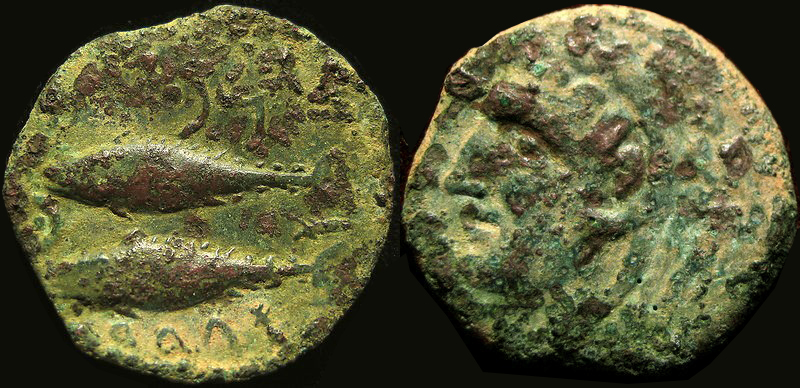
This investigation again revealed that Gadir-Gades consisted of an archipelago formed by at least the two aforementioned islands separated in ancient times by the deep channel.
In the Valcárel building, which is linear a few hundred meters in a straight line from the Cueva del Pájaro Azul, a harbour was discovered between 25 and 50 meters deep below the current sea level, and where a great wealth of archaeological and organic remains (ceramics, wood, animals and plants) have been found, that was in use from the Phoenician period certainly until in the heyday of the Roman empire.
The entrance to the harbour was at least 200 meters wide to the west and the depth was more than sufficient for ships with a draft of 20 meters.
Due to this great depth, it may have been a problem for smaller ships to anchor. It is therefore assumed that the ships were docked instead of anchering. In the first centuries of our era the channel was still deeper than 20 meters. In addition, the sedimentary filling of this port, especially between 20 and 40 meters, is a very important archive for tracing the origin of Cadiz up to the first millennium of our time.
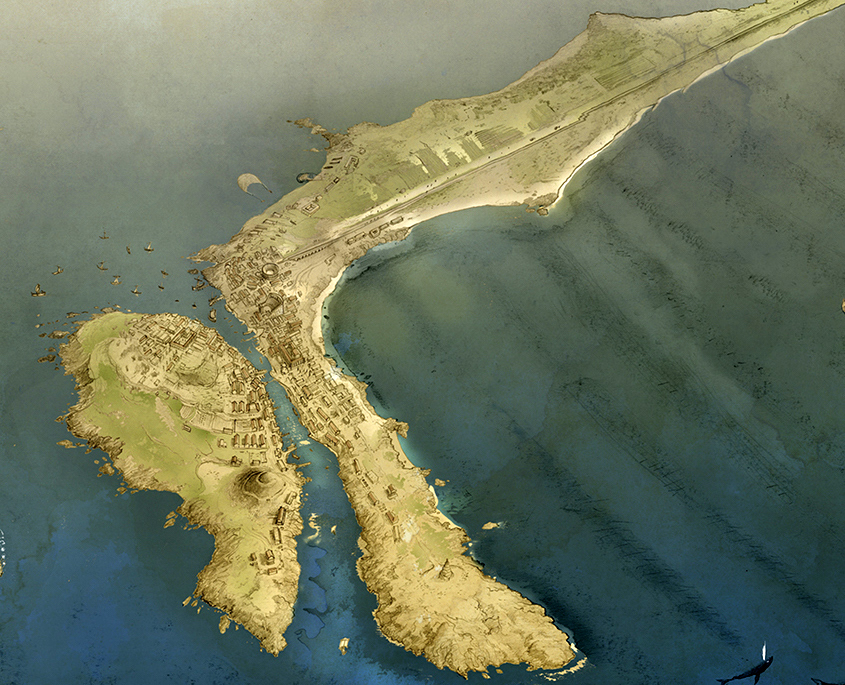
- Sources
- - El puerto romano de Gades: novedades arqueolo´gicas Darı´o Bernal Casasola
- - The Bahía-Caleta channel in Cádiz 2018 by Ortiz Correro
- -Geschichte des Küstenverlaufs im Stadtgebiet von Cádiz-2004 - Martin Kölling , Anna Maria Roos , Annette Kölling , Horst D. Schulz , Oswaldo Arteaga Matute en Helga Schulz.
- Notes
- 1:According to numismatic inscriptions, Gades (τὰ Γάδειρα in Greek) was known to the Phoenicians as Gadir, Agadir or GDR which meant "wall" or "fortress".
- 2: Strabo Geographica 3.5.5- In telling stories of the following sort about the founding of Gades, the Gaditanians recall a certain oracle, which was actually given, they say, to the Tyrians, ordering them to send a colony to the Pillars of Heracles…….but the men who arrived on the third expedition founded Gades, and placed the temple (of Heracles) in the eastern part of the island but the city in the western.
- 3: Phoenician port city (peninsula) Lebanon.
- 4:Civitas foederata = community bound by treaty.
- 5:photo theatre: Eduardo Ruiz
- 6:Geschichte des Küstenverlaufs im Stadtgebiet von Cádiz-2004
- 7:Blog Guillermo Caso de los Cobos






 We are committed to providing versions of our articles and interviews in several languages, but our first language is English.
We are committed to providing versions of our articles and interviews in several languages, but our first language is English.